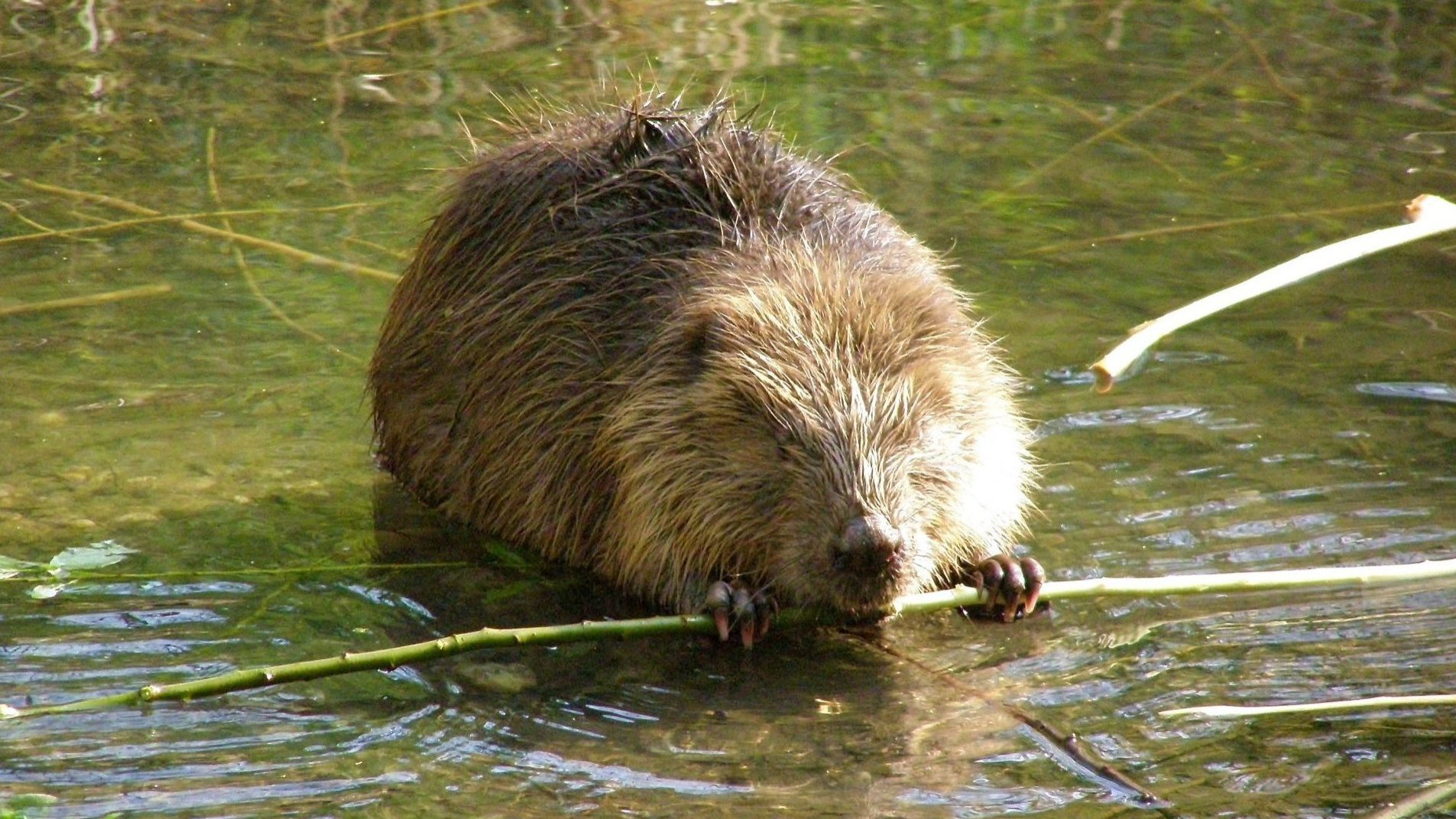Last week the Scottish Government formally announced that the Eurasian beaver (Castor fiber) is to be officially recognised as a native species 400 years after being hunted to extinction.
The Scottish Beaver Trial
The Scottish Beaver Trial, led by the Scottish Wildlife Trust and the Royal Zoological Society of Scotland, commenced in May 2009 with the release of 27 beavers into lochs and rivers across Scotland. Up to 250 beavers are now thought to be living over several hundred square miles.
Beavers are semi-aquatic animals and live in streams, rivers, lakes and swamps surrounded by woodland. They were once widespread in Europe and Asia but were overhunted for their fur, meat and a secretion from their scent glands. They are a European Protected Species but not currently designated by UK law due to their non-resident status. Becoming recognised as a native in species will mean that beavers are eligible to receive protection.
Returning beavers to the wild is the first formal mammal reintroduction in UK history. Not only does it set a precedent for future projects, it has also brought benefits to biodiversity. New wetlands were created, which support species such as otters, water voles and dragonflies. The presence of beavers also helps to regulate flooding and improve water quality.
The increase in beavers will almost certainly help grow the economy by boosting wildlife tourism in Scotland and also providing great potential for education about the wider conservation movement.
The Wildlife Trust in Devon is currently trialling the release of beavers, while the Wildlife Trusts in Wales are investigating the feasibility of reintroduction.
Both projects rely on charitable funding to continue their work. The success of The Scottish Beaver Trial may generate the necessary support for these and future reintroductions.











